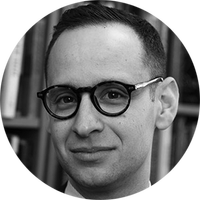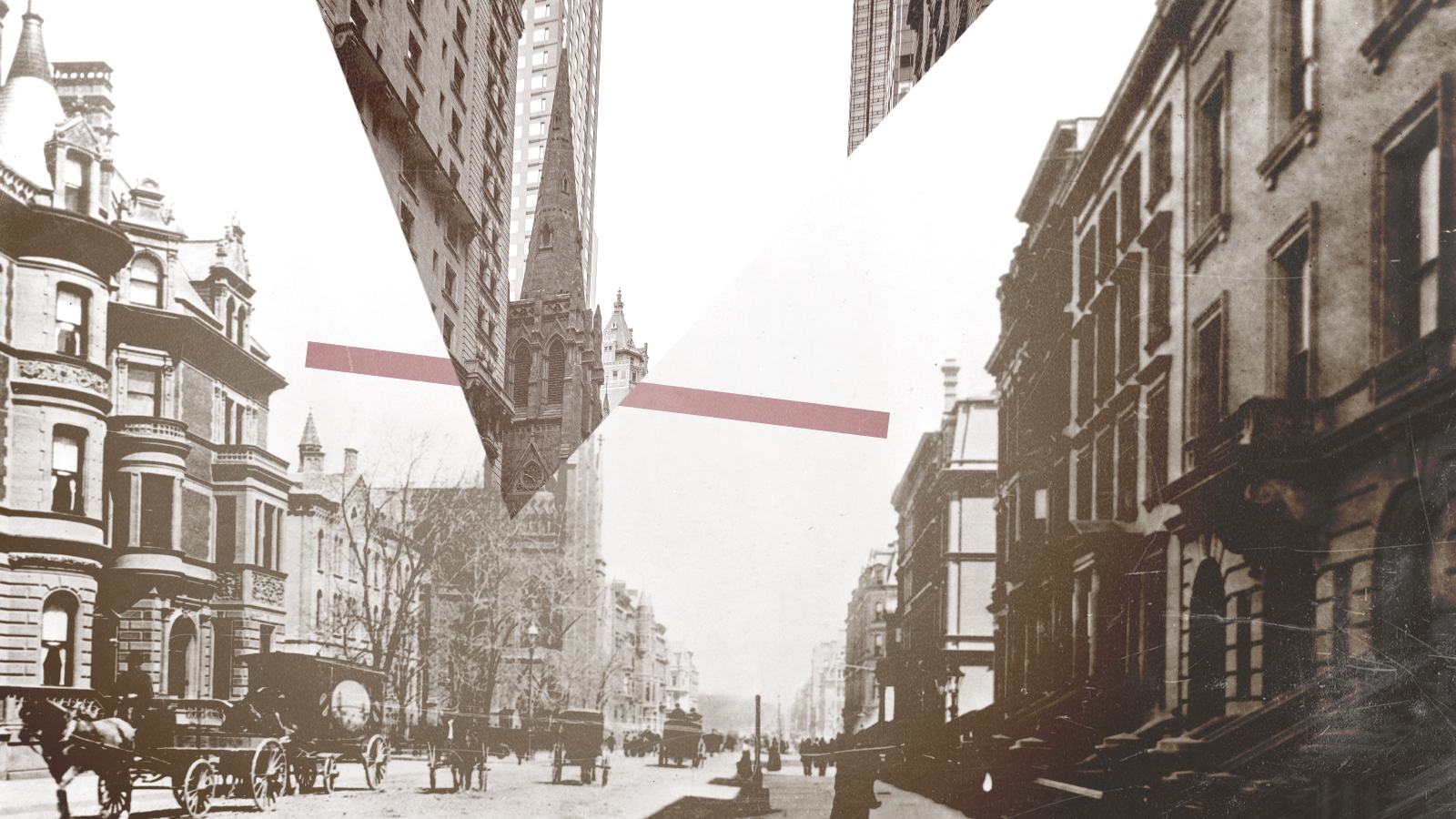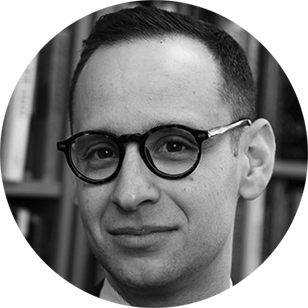Mainline Protestantism is America's phantom limb
Mainline Protestantism is dying. Will American Christianity survive?


Sometimes prayers seem like they're being answered.
The 2020 "census of American religion" released by the Public Religion Research Institute (PRRI) last week included a surprising finding. Over the past few years, the proportion of Protestants who don't identify as evangelical has been rising. For the first time since the PRRI began collecting data in 2006, this group outnumber the cohort of evangelicals.
The result was surprising because many observers believe non-evangelical Protestants are a dying breed. The PRRI data suggest that reports of its demise are premature. If you squint, they raise the possibility that so-called "mainline" churches, which tend be more theologically and politically liberal are making a comeback compared to their rivals. In New York, Ed Kilgore observed that "the news that mainliners are growing as evangelicals decline will be shocking to those who have been told for many years — by gloating evangelicals as well as by secular conservatives and many nonreligious observers — that liberal Protestantism is 'dead' or 'dying'."
The Week
Escape your echo chamber. Get the facts behind the news, plus analysis from multiple perspectives.

Sign up for The Week's Free Newsletters
From our morning news briefing to a weekly Good News Newsletter, get the best of The Week delivered directly to your inbox.
From our morning news briefing to a weekly Good News Newsletter, get the best of The Week delivered directly to your inbox.
The Mainline — shorthand for denominations including Episcopalians, Presbyterians, and Methodists — might not be finished yet, but its future doesn't look as bright as advertised. In a post for Religion Unplugged, scholar Ryan Burge poured cold water on hopes for a mainline comeback. Comparing data from other sources, Burge argues that PRRI both overestimated the total number of non-evangelical Protestants and incorrectly conflated this cohort with members of mainline churches.
Part of this debate revolves around methodological issues. Religion is among the most difficult phenomena to quantify.
The subjective nature of religious identity is one challenge. Are you a Protestant, Catholic, Jew, or Muslim because you think you are? Because you believe certain doctrines? Or because you engage in certain practices? Ordinary people often apply less demanding criteria than do formal institutions, which is one reason that the rolls of organized religious communities lag self-reported affiliation. Considering actual membership figures, Burge came to "one clear and unmistakable conclusion — the largest traditions in the mainline are losing members at an incredibly rapid rate," not enjoying a miraculous revival.
The subjectivity problem is exacerbated by desirability bias — in other words, a tendency to exaggerate opinions or behavior others regard favorably. Since religion is bound up with cultural preference, political orientation, and social status, survey respondents may give the "right" answer about their affiliation even if it does not correspond to their true beliefs or activities. Inverting the "shy Trump voter phenomenon," Christians who want to distance themselves from the Republican Party or conservative politics may now be avoiding the "evangelical" label.
A free daily email with the biggest news stories of the day – and the best features from TheWeek.com
A third complication lies in taxonomy. The PRRI classified all Protestants who didn't say they were "born again" or evangelical as "mainline." But these categories are neither easily defined nor mutually exclusive. More confusing still, the very term "Protestant" seems to be dropping out of use among younger and less educated Christians.
Finally, the big picture is dominated by the relative decline of white Christians in general from about two-thirds of the population in 1996 to under half today. The fastest growing group, meanwhile, is the religiously unaffiliated. So-called "nones" are not necessarily atheists or totally disengaged from religious life. But they do place themselves outside conventional religious categories and institutions.
For these reasons, I'm inclined to stick with the consensus that non-evangelical Protestantism is disappearing as a mass phenomenon (which does not exclude success in smaller communities). Even if they are more accurate than other measures, the slight recovery in the PRRI numbers is consistent with long-term decline.
I think Kilgore is wrong, though, to describe the conservative attitude toward that decline as one of celebration. To the contrary, the dominant mood seems to be nostalgia. Religious conservatives do tend to blame the eroding influence and declining numbers of mainline Protestants on flabby theology and faddish politics. As early as 1923, the Presbyterian theologian J. Gresham Machen published a blistering polemic on Christianity and Liberalism that remains influential.
Among many conservative intellectuals today, though, the preferred solution isn't austere orthodoxy but a return to the religious liberalism of an earlier era. "Despite the fact that [mainline hegemony] has (often deliberately) excluded Catholics, I would prefer a revival of it to a naked public square," wrote Matthew Schmitz in First Things. Assessments by Joseph Bottum, also a Catholic, and George Marsden, the leading evangelical historian of his generation, also have a nostalgic quality.
If these writers come to bury the mainline, they also praise it. Despite its exclusive tendencies, Bottum argues, mainline Protestantism offered a coherent system of thought capable of balancing the claims of faith and reason, progress and history, American patriotism and transcendent justice. And not only on the level of ideas. Many American prominent institutions — above all universities — have roots, however, attenuated in the mainline denominations.
Although their demographic decline has been less dramatic, neither non-denominational evangelicalism nor Catholicism seem capable of occupying the middle ground of American life the way the mainline once did. Evangelical faith is deeply rooted in American experience. But it resists institutionalization and only sometimes contends with the intellectual and cultural substance necessary to influence other Christians — let alone non-believers.
Catholic intellectual and cultural traditions are among the glories of Western civilization. But the hierarchical, international structure of the Catholic Church and the comprehensive quality of its social teaching are too distant from American sensibilities to play the orienting role some activists hoped. We shouldn't forget that explicit anti-Catholicism was a major theme of American national identity from the colonial period until within living memory. As late as 1960, prominent mainliners including Norman Vincent Peale met with leading evangelicals to discuss ways to prevent the Catholic John F. Kennedy from winning the presidency.
There are other options, of course. But they are too small to do more than offer advice from the sidelines or too disorganized and weird. If America is to have a religious center, it must be Protestant and must be more or less "mainline." But there is no guarantee that we'll have a center at all.
It's not only liberals who see a glimmer of hope in the PRRI study, then. With certain reservations, conservatives might find reasons for optimism in a revival of the old denominations. The trouble is that Mainline Protestantism is more like a phantom limb than a budding branch. We still feel it tingling even though there's not much left.
Samuel Goldman is a national correspondent at TheWeek.com. He is also an associate professor of political science at George Washington University, where he is executive director of the John L. Loeb, Jr. Institute for Religious Freedom and director of the Politics & Values Program. He received his Ph.D. from Harvard and was a postdoctoral fellow in Religion, Ethics, & Politics at Princeton University. His books include God's Country: Christian Zionism in America (University of Pennsylvania Press, 2018) and After Nationalism (University of Pennsylvania Press, 2021). In addition to academic research, Goldman's writing has appeared in The New York Times, The Wall Street Journal, and many other publications.


